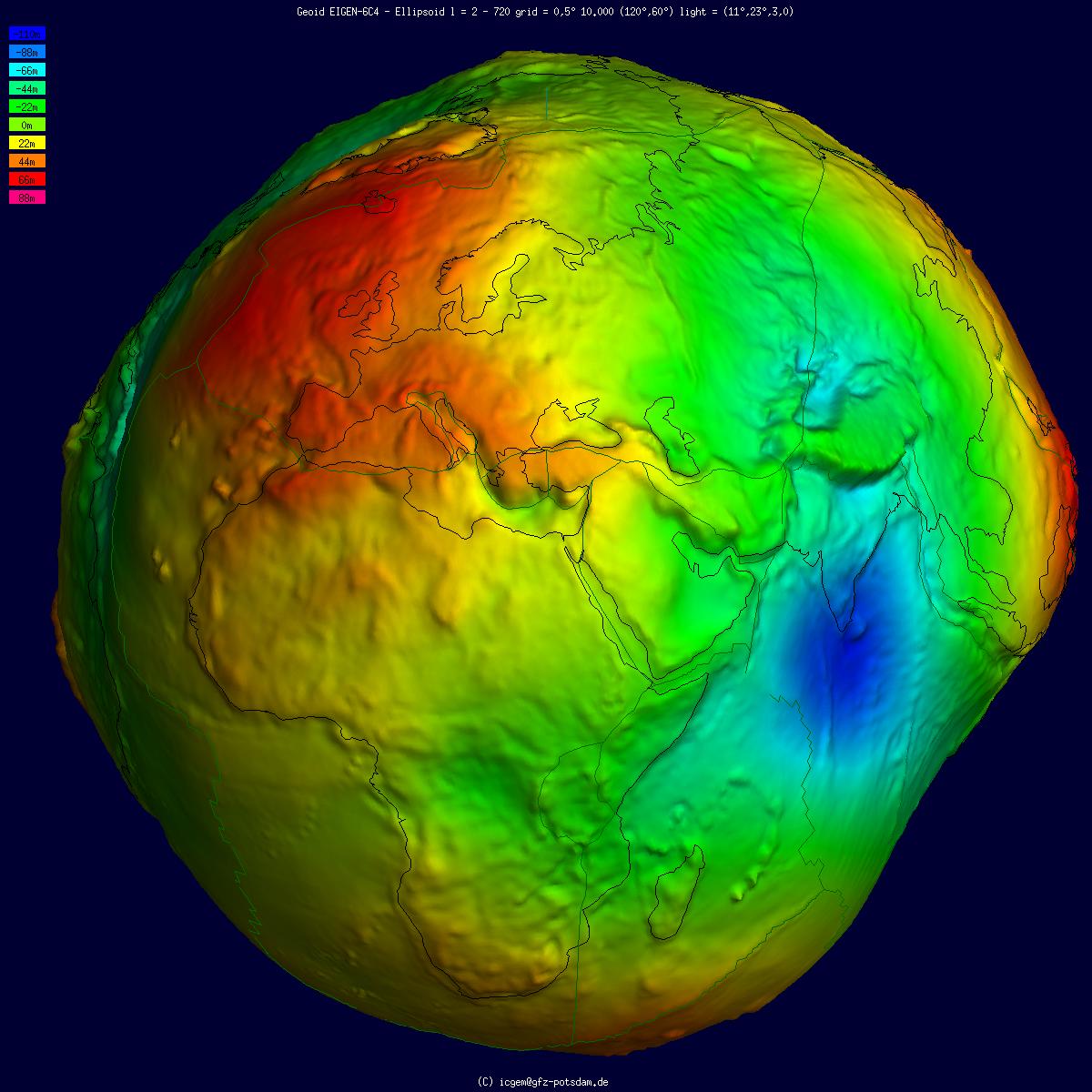Scientists believe they have found the source of a deep “gravity hole” in the Indian Ocean, a strange location where Earth’s gravitational pull is lower than in other places of our world.

The Indian Ocean geoid low (IOGL) is a 1.2 million-square-mile (3 million-square-kilometer) depression in the Indian Ocean 746 miles (1,200 kilometers) southwest of India. The low’s gravity is so weak in comparison to its surroundings that a layer of its water has been sucked away, leaving the sea level over the hole 348 feet (106 meters) lower than the global average.
The low is a consequence of our surprisingly squidgy planet, which flattens at the poles, bulges at the equator, and undulates between lumps and bumps across its surface. But ever since its discovery in 1948, the origin of this Indian Ocean abyss has puzzled scientists.
Now, a study published on May 5 in the journal Geophysical Research Letters suggests the IOGL was caused by low-density magma that was pushed into the Indian Ocean by the sinking slabs of an ancient ocean.
According to the study, the origin of this geoid low has been enigmatic. Different theories were put forward to explain this negative geoid anomaly. However, all these studies looked at the present-day anomaly and were not concerned with how this geoid low came into existence.
To search for a potential answer, the researchers used 19 computer models that simulated the motions of the mantle and tectonic plates in the region across 140 million years. They then compared the simulated lows that formed in each test with the real-life hollow.
The six models that best simulated the real geoid low shared one common feature: plumes of hot, low-density magma that rose up to displace the higher-density material beneath the low, reducing the region’s mass and weakening its gravity.
These plumes are spurts of mantle rock originating from a disturbance 600 miles (1,000 km) west under Africa. Known as the “African blob,” the dense bubble of crystalized material inside Africa’s mantle is the size of a continent and 100 times taller than Mount Everest.
But what could have pushed chunks of this material under the Indian Ocean? The final pieces of the tectonic puzzle are “Tethyan slabs,” or remnants of the seafloor from the ancient ocean of Tethys, which existed between the supercontinents Laurasia and Gondwana more than 200 million years ago.
According to the researchers, as the Indian plate separated from Gondwana and collided with the Eurasian plate, it traveled over the Tethys plate, subducting it and forcing it under the Indian plate. The shattered chunks of the old Tethys Ocean began to sink deeper into the lower mantle as they were driven into the mantle near modern-day East Africa.
Around 20 million years ago, the sinking Tethyan plates moved some of the trapped magma in the African blob, forming the plumes.
“These plumes, along with the mantle structure in the vicinity of the geoid low, are responsible for the formation of this negative geoid anomaly,” the researchers wrote.
To confirm the researchers’ predictions, scientists will now need to uncover the existence of the plumes using earthquake data collected from around the geoid low. Whether the plumes are the real answer, or if even deeper forces are at play, remains to be seen.
The study was originally published in the journal Geophysical Research Letters on May 5, 2023.




